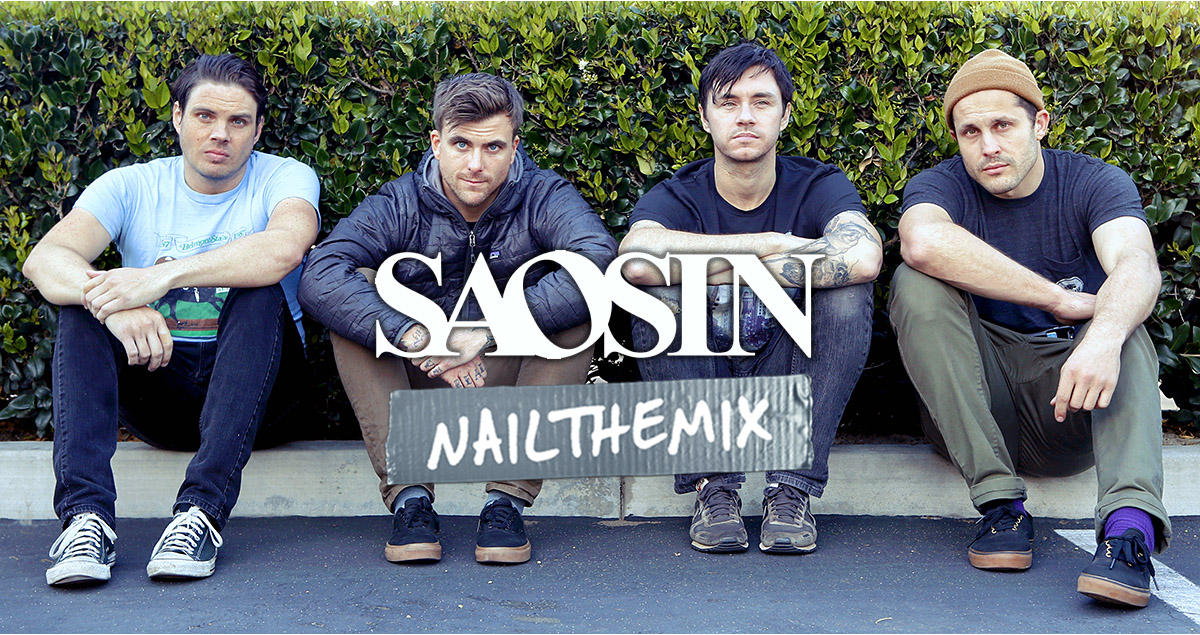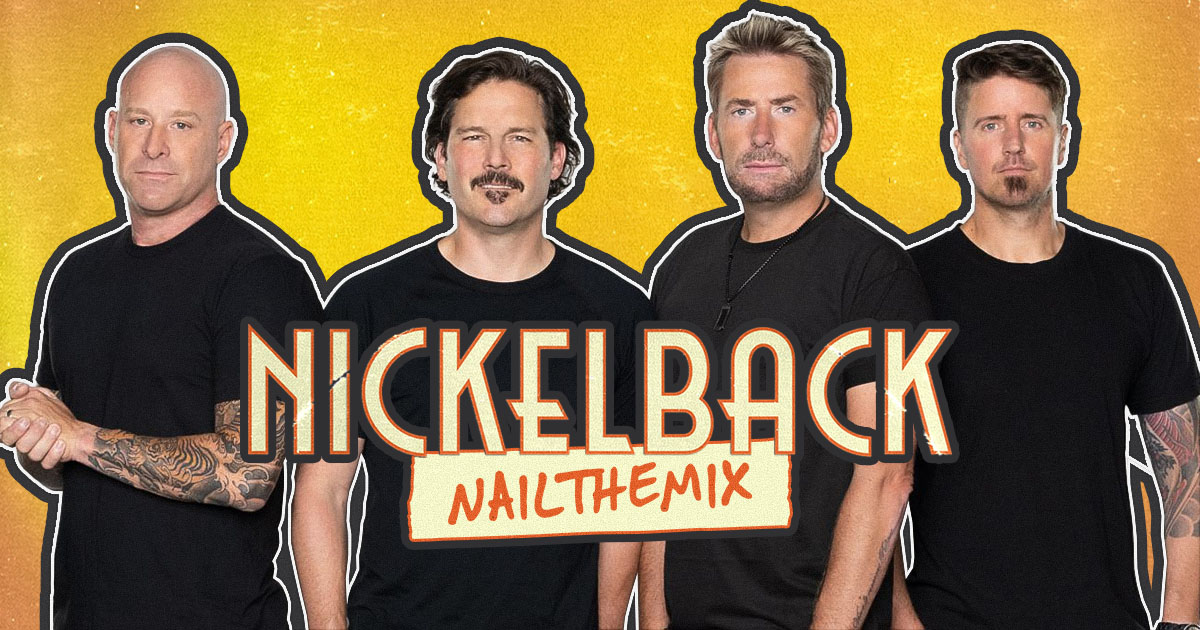
Is FabFilter Pro-Q 3 The Best EQ For Metal Mixes?
Nail The Mix Staff
You’ve seen it everywhere. On every YouTube tutorial, in every pro mixer’s plugin folder, on every forum post asking “what EQ should I buy?” There it is: the sleek, colorful interface of FabFilter Pro-Q 3. It’s become the default “pro” EQ, the one that seems to promise surgical precision and ultimate mix clarity.
But let’s be real. In a world of endless plugins and rampant Gear Acquisition Syndrome (GAS), you have to ask: do you really need it? Is Pro-Q 3 the magic bullet that will transform your muddy, fizz-drenched metal mixes into polished, professional-sounding tracks?
The short answer is no. But the long answer is a bit more complicated.
The truth is, it’s rarely about the specific tool. It’s about the person using it. But a great tool in the right hands can speed up workflow and open up creative possibilities. So let's break down what makes FabFilter’s EQ so damn popular and whether it’s the right move for your workflow.
What Makes FabFilter Pro-Q 3 So Damn Good? (The Pros)
There’s a reason Pro-Q 3 is the industry standard. It’s not just hype. The plugin is genuinely a powerhouse, and its strengths are perfectly suited for the demands of a dense, aggressive metal mix.
Surgical Precision and an Insane UI
This is the big one. The graphical interface is brilliant. You can see the entire frequency spectrum in real-time, grab a problematic frequency, and cut it in seconds. For metal, this is crucial.
- Taming Snare Ring: Got that one annoying ringing frequency in your snare that pokes out on every hit? With Pro-Q 3, you can just solo the snare, watch the analyzer for the peak, and pull it down with a super-narrow Q. Done.
- De-fizzing Guitars: High-gain guitars often come with a layer of harsh “fizz” up in the 5kHz-10kHz range. Instead of a broad treble cut that dulls the tone, Pro-Q 3 lets you identify and notch out those specific, nasty frequencies without killing the aggressive bite.
Dynamic EQ: The Unsung Hero
This feature alone is worth the price of admission for many. A dynamic EQ band only activates when the signal crosses a certain threshold. Think of it as a frequency-specific compressor.
Here’s a killer application for metal: taming cymbal harshness. You can set a dynamic band on your overheads or drum bus around 4-8kHz. When the crash cymbals are hit, the EQ kicks in and pulls down the harshness. But when it’s just the hi-hats or the tail of the cymbals, the EQ does nothing, preserving the top-end air and detail. You get control without sacrificing life.
Mid/Side Processing for Massive Width
Want wider guitars without creating a phasey mess? Mid/Side (M/S) EQ is your friend. Pro-Q 3 makes it dead simple. You can switch any band to process only the “Mid” (center) information or the “Side” (stereo width) information.
Actionable Tip: On your main guitar bus, try a high-shelf boost on the Side channel starting around 7kHz. This adds width and air to your guitars without making the core tone feel thin or weird. Conversely, you can clean up a muddy low-end by applying a high-pass filter to the Side channel around 100-150Hz, keeping your kick and bass locked in the center.
Pro-Q 3 vs. The World: Does It Actually Matter?
So, Pro-Q 3 is a beast. But does that mean your stock EQ is useless? Absolutely not. This is where we need to get real about what makes a mix great.
Pro-Q 3 vs. Your Stock EQ
Your DAW’s stock EQ can do 90% of what you need. It can high-pass, low-pass, cut mud around 400Hz, and add presence at 2kHz. If you don’t know that your kick drum needs space carved out of the bass guitar, or that your guitars are fighting the vocals in the 1-3kHz range, Pro-Q 3 won’t magically tell you.
The most important thing you can do for your mixes is to learn the fundamentals of EQ. Once you know what needs to be done, you can do it with almost any tool. The biggest advantage of Pro-Q 3 is speed and its advanced features like dynamic EQ. But for basic subtractive and additive EQ, your stock plugin is more than capable.
Pro-Q 3 vs. "Character" EQs (SSL, API, Neve)
This isn’t a fair fight, because they’re designed for different jobs.
- FabFilter Pro-Q 3: A transparent, surgical tool. It's designed to not add color or vibe. It’s a problem-solver.
- Character EQs (like a Slate VMR or Waves SSL E-Channel): These are for broad strokes and adding flavor. The EQ curves are wider and more musical, and the processing itself can add subtle harmonic saturation. You use an SSL-style EQ for a wide boost to give a snare more crack, not for notching out a 1Hz-wide ring.
You don’t use a scalpel to hammer a nail. Thinking you need to pick one over the other is the wrong mindset. They serve different purposes.
The Latency and Phase Trap
Here’s a technical detail that trips up a lot of producers. Powerful plugins like Pro-Q 3, especially in Linear Phase mode, can introduce latency. Your DAW’s delay compensation engine is supposed to handle this, but it’s not always perfect, especially in DAWs like Pro Tools.
If you’re doing parallel processing—like sending your drums to a separate bus for heavy compression—and one path has more latency, you’ll get phase smearing. This can make your drums sound weak and hollow. It’s a perfect example of how an advanced tool, used incorrectly, can actually hurt your mix. Sometimes, a simple, low-latency stock EQ is the safer bet for parallel chains.
For a deeper dive into how compression and parallel processing work together, check out our guide.
The Real Secret: It's Not The Plugin, It's You
When you watch a master like Jens Bogren or Nolly Getgood mix, you might see them use seven different EQs. But their mixes aren’t good because of that. Their mixes are good because they have spent tens of thousands of hours training their ears. They know exactly what to listen for.
You could give them a laptop with nothing but stock plugins, and they would still deliver an incredible mix. They use specific tools for that final 0.5% of polish, but the foundation is built on skill, not software.
Your goal shouldn’t be to collect plugins. It should be to master one or two EQs so well that they become an extension of your ears. Learn what a 3dB cut at 350Hz sounds like. Figure out where the "knock" of a kick drum lives. That knowledge is transferable to any plugin.
If you’re serious about developing that knowledge, our core EQ strategies guide for metal is a great place to start.
The Verdict
So, is FabFilter Pro-Q 3 worth it?
Yes, if:
- You understand EQ fundamentals and your workflow is being held back by your current tools.
- You frequently need surgical, dynamic, or Mid/Side EQ for complex problem-solving.
- You value a fast, intuitive interface that lets you translate ideas to action instantly.
No, if:
- You’re hoping a plugin will fix your lack of fundamental mixing knowledge.
- You’re still learning how to use a basic parametric EQ.
- You’re on a tight budget. Master your stock EQ first. It’s free and powerful.
Don’t fall into the trap of thinking the next plugin will be the answer. The art is in the decisions you make.
But seeing how a world-class producer makes those decisions in real-time, on a real song? That can be a game-changer. Watching them grab Pro-Q 3 and instantly know where to cut the fizz on a guitar or how to use dynamic EQ to control a screaming vocal is where the real learning happens.
If you want to move beyond guessing and see how the pros get it done, Nail The Mix puts you in the room. Every month, you get the multitracks from a massive song and watch the original producer mix it from scratch, explaining every plugin choice, every fader move, and every decision along the way.
See how the pros use tools like Pro-Q 3 to mix modern metal beyond presets.
Get a new set of multi-tracks every month from a world-class artist, a livestream with the producer who mixed it, 100+ tutorials, our exclusive plugins and more
Get Started for $1




